A huge battery made of air
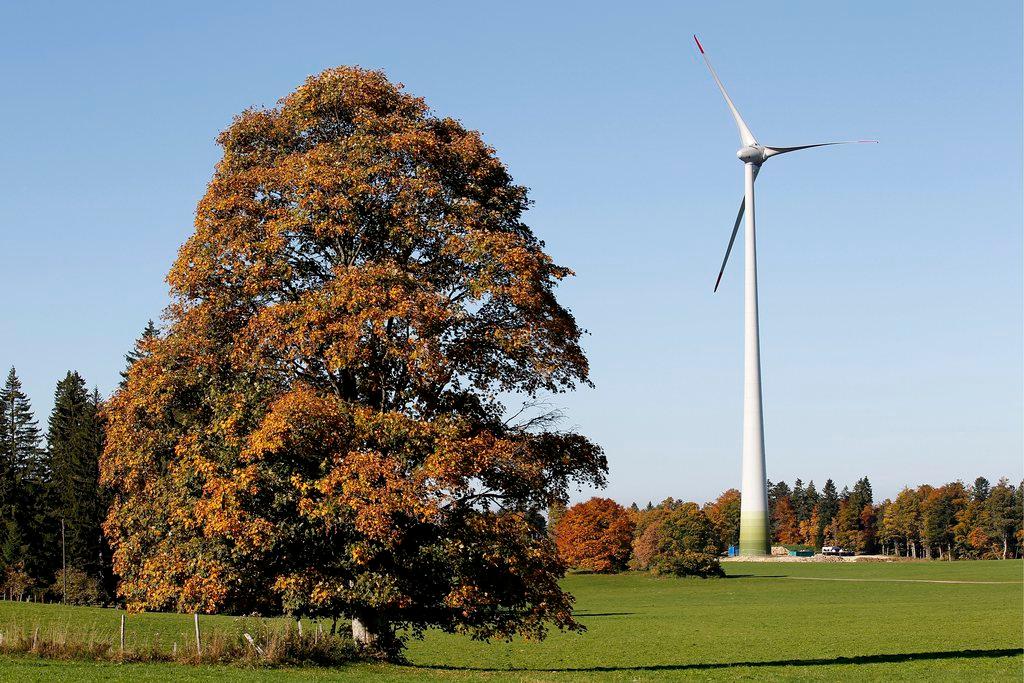
Deep in a cavern in the Swiss Alps, an innovative system that stores electricity as compressed air is being developed in a pilot project that is a world first.
The hope is that the system will give a boost to renewable energy, as well as reaffirm Switzerland’s role as Europe’s “battery”.
Sun and wind energy have an irregular output. Often, lots of electricity is produced during times of low demand. So how can this situation be exploited? This is one of the main challenges to implementing renewable energy.
Giw Zanganeh thinks he has the answer. The solution of the young engineering graduate of the federal technology institute ETH Zurich is based on compressed air – or more concretely, on the storage of this air in tunnels and spaces deep in the mountains.
The principle is simple, said Zanganeh, who is in charge of the AlacaesExternal link project, which is supported by the energy ministry.
“Excess electricity is used to power a compressor, which pumps air into the cavern. When needed, the direction of the flow is reversed to convert the compressed air back to electricity using turbines,” said Zanganeh.
Undersea atmosphere
The pilot project, which costs CHF4 million ($4.1 million), is being carried out in an unused tunnelExternal link north of Biasca, in Italian-speaking Ticino. Until fairly recently, it was used to transport excavation material from the Gotthard Base Tunnel, the world’s longest railway tunnel, which was opened on June 1.
“The tunnel is exactly as we found it,” explained Zanganeh, who is guiding us into its depths by car. We travel 700 metres in complete darkness before we reach two imposing pieces of equipment. They are the compressors used to pump the air into the cavity. “They are special compressors, a new type of technology,” said the engineer, who is of Iranian origin. A bit further on, we reach the air storage room by going through a steel door.
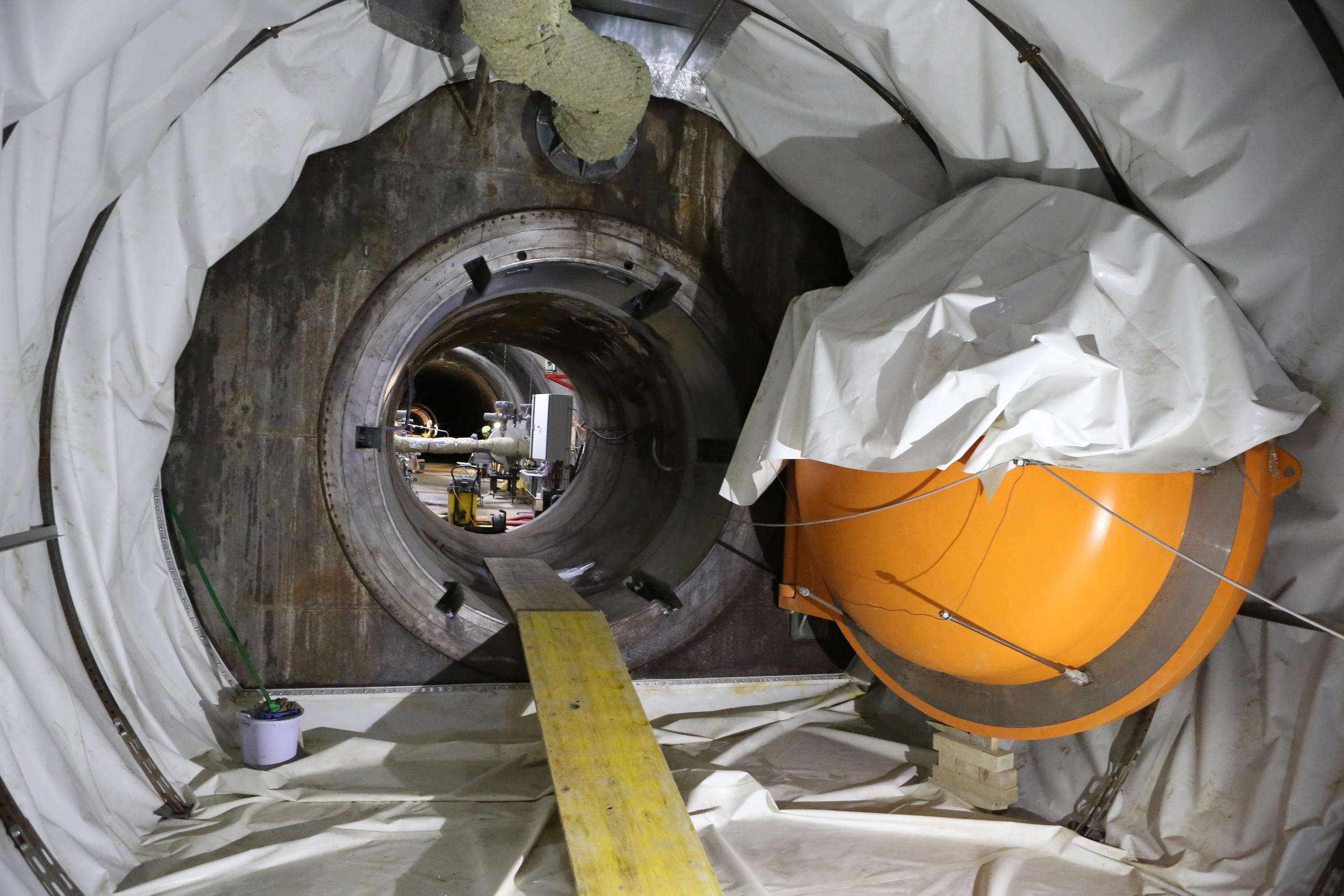
Here, in this 100-metre long space, air is compressed to 33 bar – that’s about the same as water pressure at 300 metres under the sea. Working under these conditions is one of the major challenges of the project, Zanganeh said. That’s why special cameras, which are normally used for deep sea work, have been installed to monitor the plant.
The aim of the test phase is to study the rock-mass behaviour under high pressure, to test the rock permeability, and to see if there are any vibrations. But in contrast to geothermal plants, the risk of triggering earthquakes is negligible because there is no drilling into the rock, Zanganeh said.
Heat in the stones
Compressed Air Energy Storage (CAES) technology is nothing new. There are already two projects built in salt caverns – one in Germany from 1978, and a second in the United States, dating from the early 1990s. But the Biasca project is more efficient. “The reason is the heat recovery,” Zanganeh said.
When air is compressed, the temperature rises. It can reach up to 550 degrees Celsius, which is too high to store it underground; it has to be cooled. In Germany and the US, this heat was lost. But in Switzerland, Zanganeh has found a way to conserve this energy and then use it during the phase that converts air back into electricity.
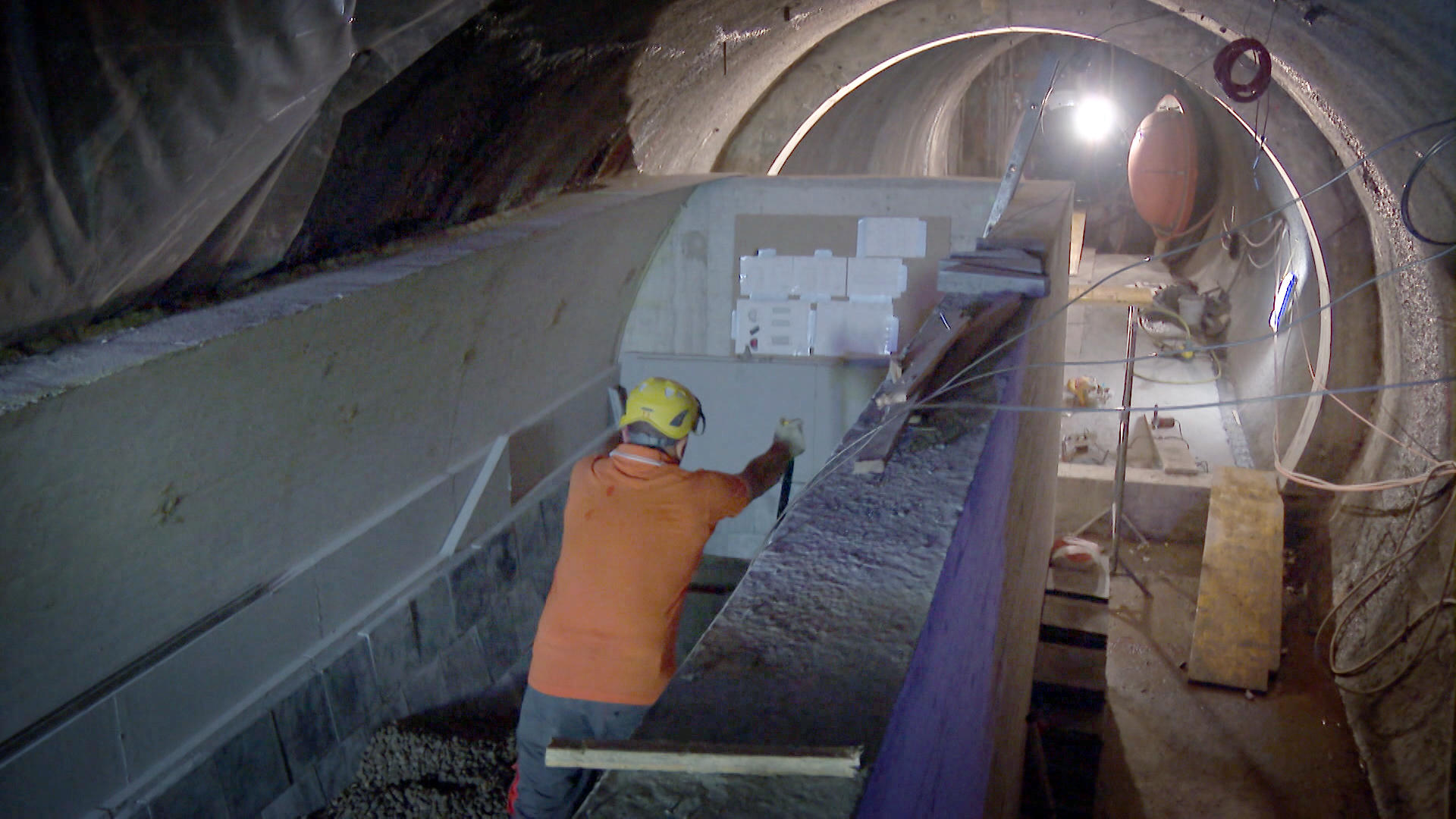
More
How the thermal energy system works
This gives the Biasca project an efficiency of 72%, compared to 45-50% at the other plants, Zanganeh said. “It’s getting close to the pumping turbine efficiency in hydroelectric plants. We are, however, less expensive and more sustainable from an environmental point of view. You don’t need to dig up the landscape to make dams and reservoirs.”
Promising system, but…
Experts agree the system is promising. “In addition to the low environmental impact, using compressed air could guarantee the supply of large quantities of energy for a long period. Demand will be increasing for this in the future,” said Maurizio BarbatoExternal link, professor at the Institute CIM for Sustainable Innovation, at the University of Applied Sciences and Arts of Southern Switzerland.
10% electricity in lakes
Switzerland has a higher storage capacity for electricity compared with the rest of Europe, Sophia Haussener says. Ten percent of electricity produced here could be stored in pumping turbine systems (or reservoirs). The average for Europe is 5%. The government’s Energy Strategy 2050 wants to boost the electricity storage capacity by 2-3 times, she said.
But the technology – in particular the thermal storage – is not yet mature, warned Barbato, who is following the Biasca project from afar via the Energy Turnaround National Research Programme (NPR70External link). The usage of stones, he explained, does not guarantee air flowing out at a constant temperature – a key condition for turbines to function correctly. The Federal Institutes of Technology in Lausanne (EPFL) and Zurich are currently working out how to improve the system, for example by using metal alloys.
Sophia Haussener,External link from the EPFL’s Laboratory of Renewable Energy Science and Engineering, said the Alacaes technology is very interesting. “Its limit is perhaps its energy density, which is relatively low: the quantity of energy that can be stored per unit of volume is 5-10 times smaller than that of a rechargeable battery.”
But the compressed air plant could have potential particularly in northern Europe, which is producing increasing amounts of wind power. Barbato said this “huge battery” could be situated close to wind parks. But this would only work in mountainous areas, as you would have to make huge subterranean air storage facilities for wind parks on the plains. Switzerland could lead the way here, he said.
Zanganeh said most mountain bunkers and tunnels are not the right size for his project. Cubes and spheres would be better. In fact, he has calculated that a cube of 48 metres per side would allow the storage of 500 MWh of electricity, which is roughly what the city of Lugano (around 70,000 inhabitants), the capital of Ticino, consumes in 12 hours.
If Alacaes has good results, he continued, Switzerland could reaffirm its role as “Europe’s battery”. And this could contribute to the stabilisation of the European electricity network, compensating for the fluctuations in wind and solar power on the continent.
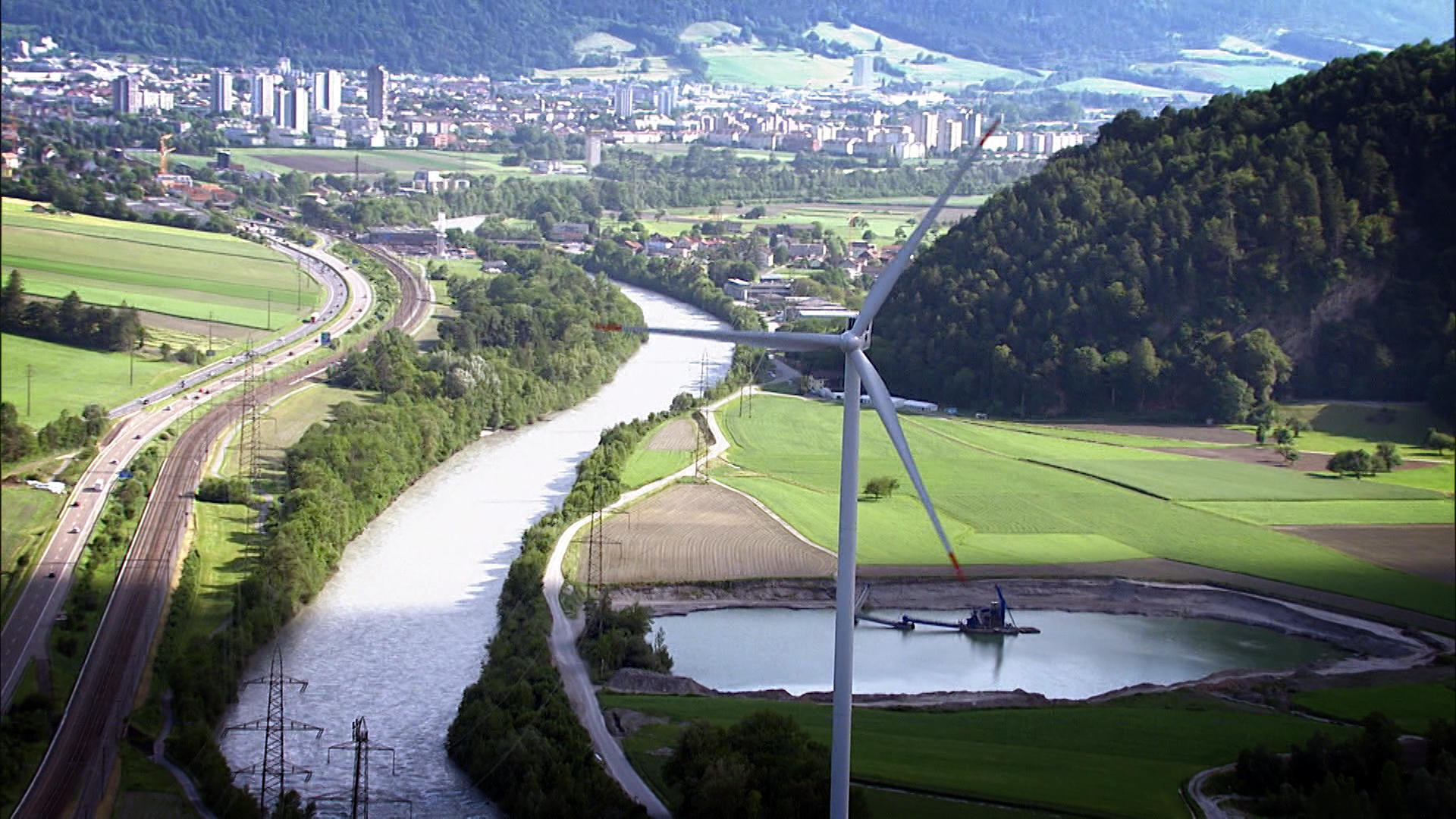
More
The future of the ALACAES storage technology
Science is looking into storing electricity, but what can ordinary citizens do for reduce their electricity consumption? Share your experiences and suggestions with us.
Translated from Italian by Isobel Leybold-Johnson

In compliance with the JTI standards
More: SWI swissinfo.ch certified by the Journalism Trust Initiative

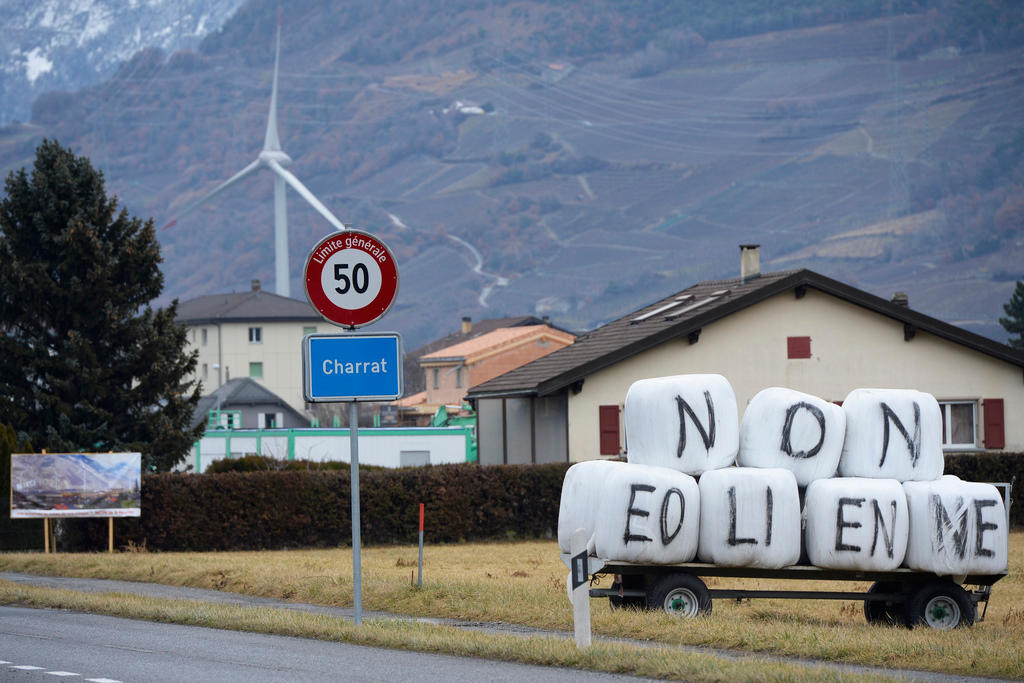
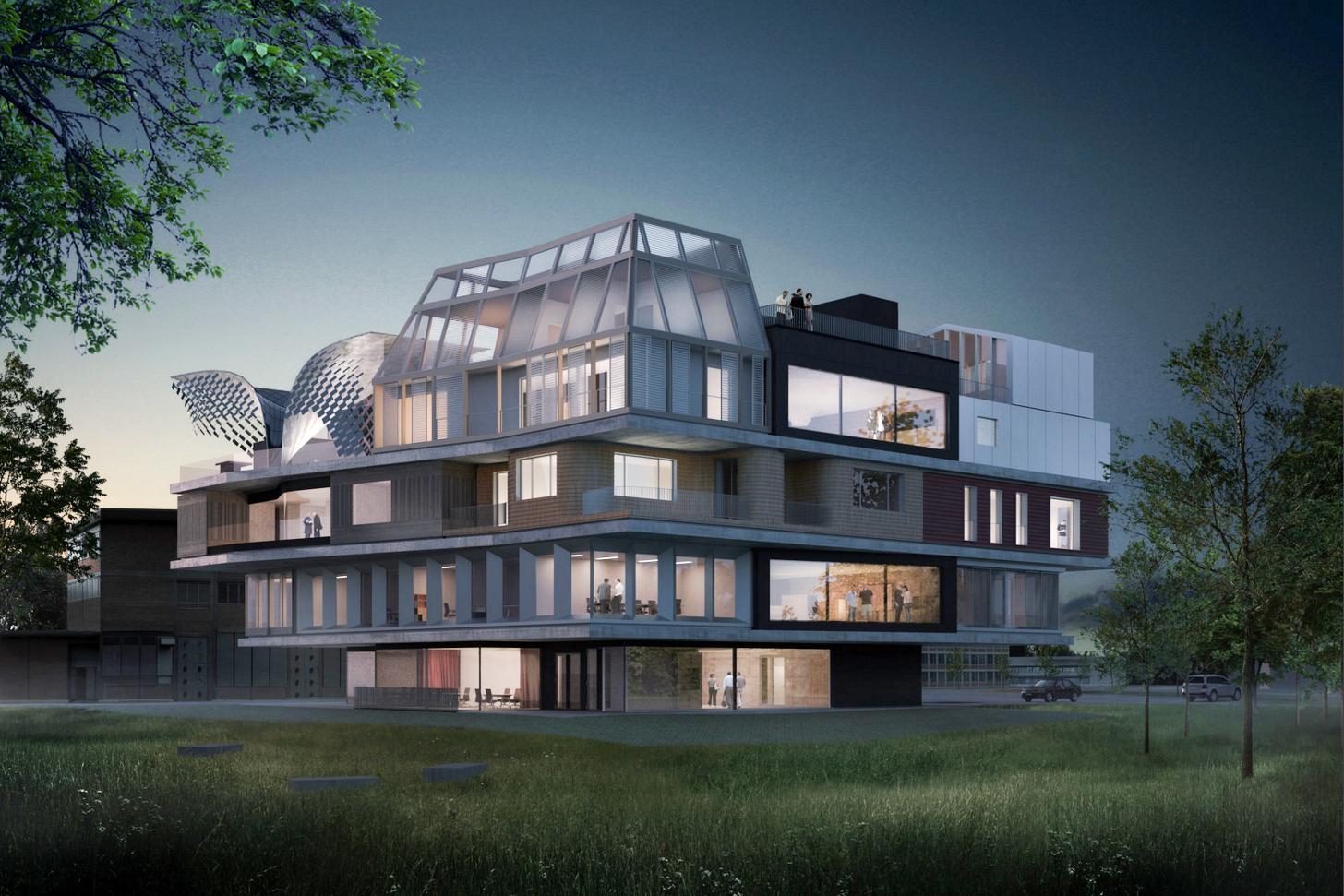
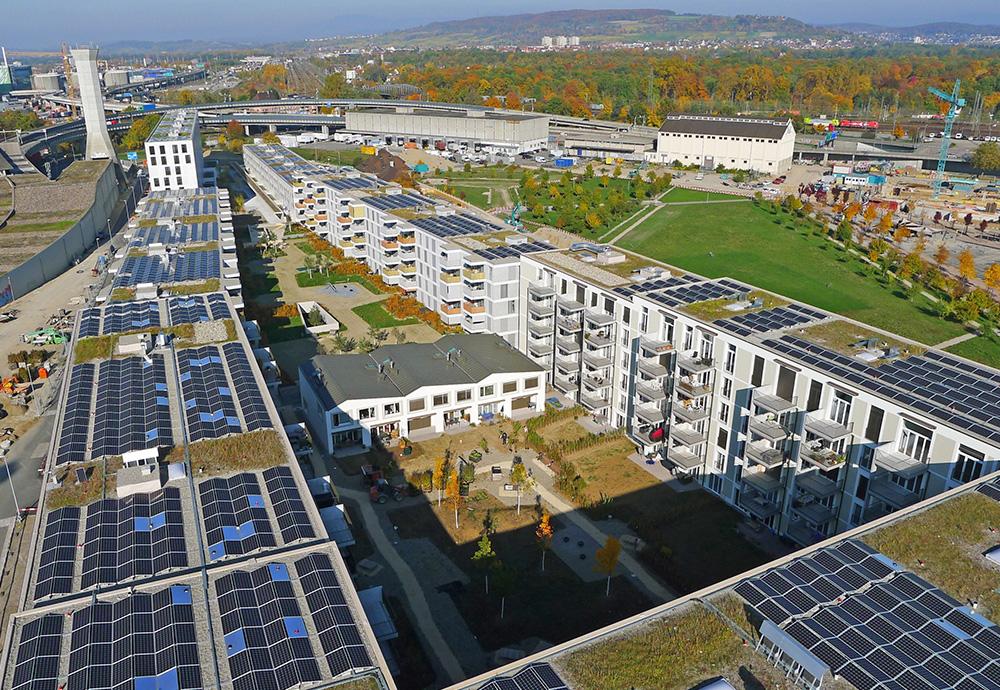
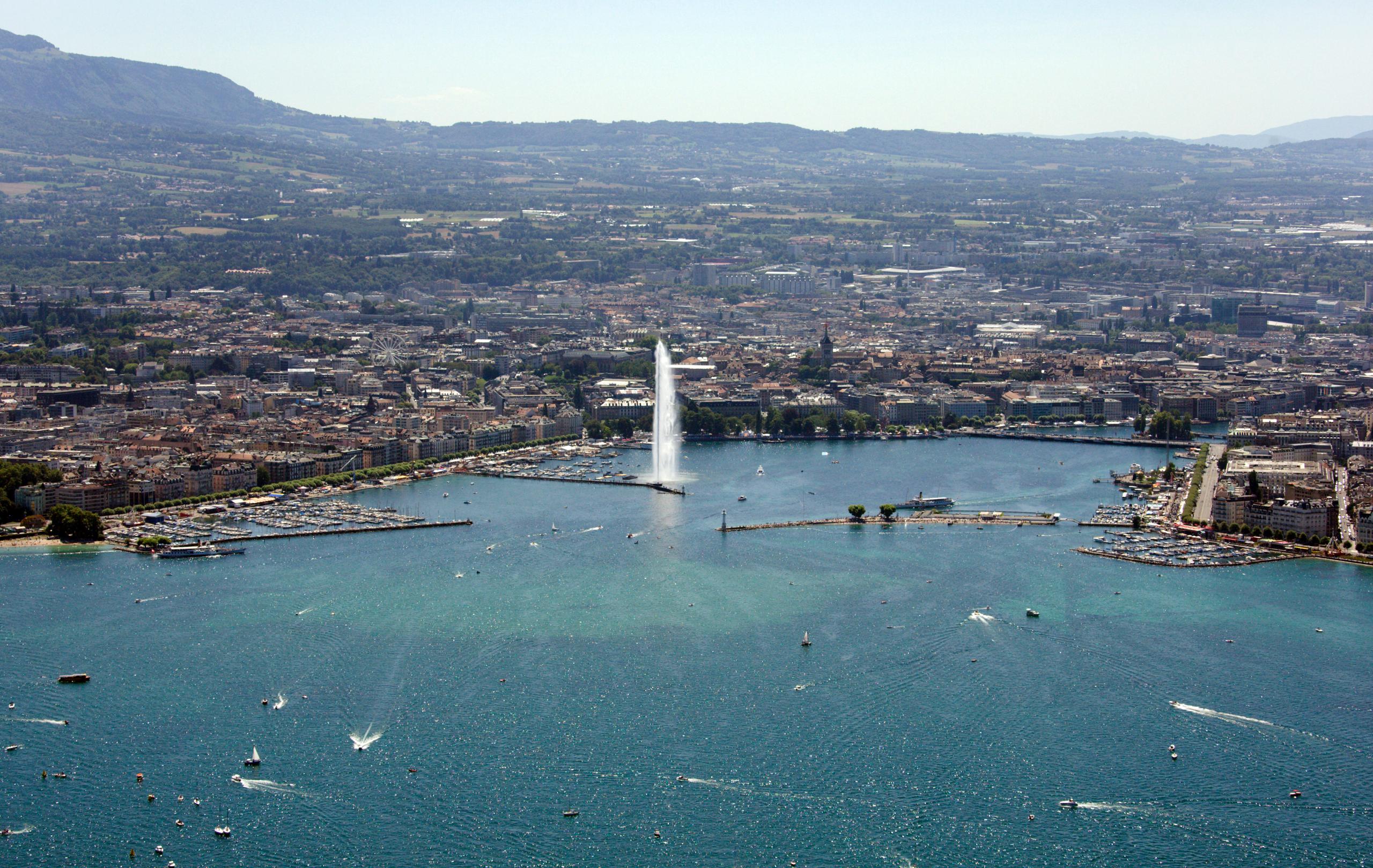
You can find an overview of ongoing debates with our journalists here. Please join us!
If you want to start a conversation about a topic raised in this article or want to report factual errors, email us at english@swissinfo.ch.